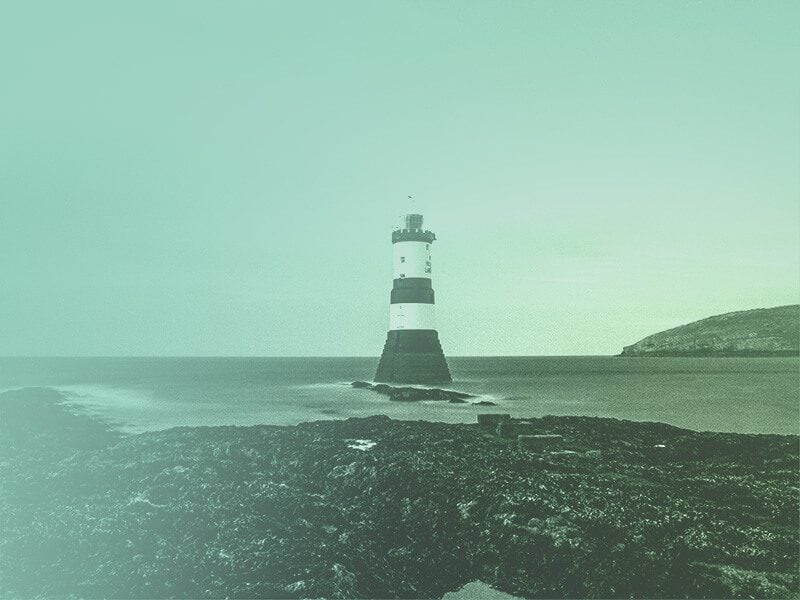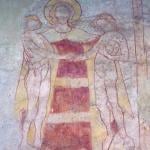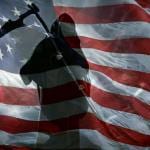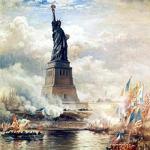Today marks the death of Paul Rhode (1870-1945), the first Pole to be named a Roman Catholic Bishop in the United States. Born in Werowo, an area of Poland under Prussian rule, he came to Chicago with his family at age nine. By the turn of the century Chicago had more Poles than Warsaw. Rode’s childhood parish, St. Stanislaus Kostka, was reputedly the world’s largest, with 50,000 parishioners. Ordained a priest for the Chicago Archdiocese in 1894, during his early... Read more














